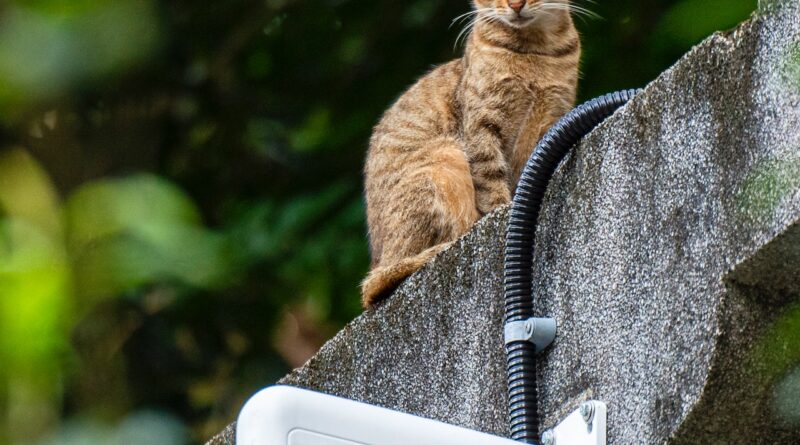Remote video monitoring allows you to keep an eye on your property from anywhere through internet-connected cameras and specialized software. It combines surveillance cameras, network connectivity, and smart monitoring systems to provide real-time video feeds and alerts. Think of it as having a security guard who can be in multiple places at once, but instead of physical presence, you have eyes through technology. Want to know how this fascinating system really works? Let’s dive into the details.
Spis treści:
Components of Remote Video Monitoring
The foundation of any remote video monitoring system consists of three main components. First, you need surveillance cameras that can capture high-quality video footage. These cameras come equipped with various features like night vision, motion detection, and weather resistance. Second, you need a reliable internet connection to transmit the video feed. This can be either Wi-Fi or cellular data, depending on your location and needs. Finally, you need a monitoring platform – software that receives, processes, and displays the video feed on your devices.
How the System Operates
The operation of remote video monitoring follows a straightforward process. The surveillance cameras continuously capture video footage of the monitored area. This footage gets compressed and encrypted before being transmitted through the internet to secure servers. The monitoring software then processes this data and makes it available for viewing on authorized devices. When the system detects unusual activity, it can automatically send alerts to designated recipients. Users can access live feeds or recorded footage through mobile apps or web browsers, making it possible to monitor multiple locations simultaneously.
Key Features and Capabilities
Modern remote video monitoring systems offer numerous advanced features. Motion detection technology can trigger automatic recordings and alerts when movement is detected in specified areas. Two-way audio allows for communication through the camera system. Many systems include artificial intelligence capabilities that can distinguish between humans, animals, and vehicles, reducing false alarms. Cloud storage enables secure backup of footage that you can access anytime. Some systems also integrate with other security devices like alarm systems and access control panels.
Common Applications
Remote video monitoring serves various purposes across different settings. Business owners use it to protect their properties, monitor employee activities, and ensure workplace safety. Homeowners rely on these systems for household security, checking on pets, or monitoring elderly family members. Construction sites utilize remote monitoring to prevent theft of materials and equipment while tracking project progress. Educational institutions implement these systems to enhance campus security. Healthcare facilities use remote monitoring for patient safety and facility security.
Considerations for Implementation
When setting up a remote video monitoring system, several factors require attention. You need to determine the appropriate number and placement of cameras based on the area you want to monitor. Consider the lighting conditions and weather exposure at each camera location. Ensure your internet connection provides sufficient bandwidth for smooth video transmission. Review local privacy laws and regulations regarding video surveillance. Plan for backup power sources to maintain system operation during power outages. Also, consider the storage capacity needed for retaining recorded footage.
